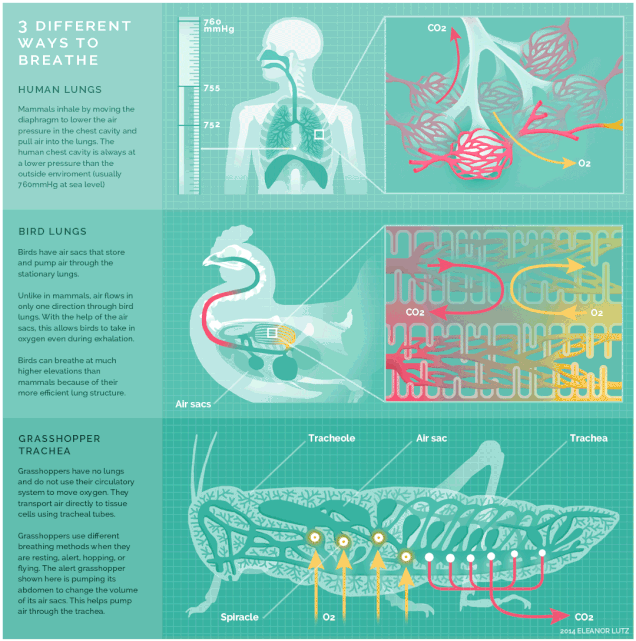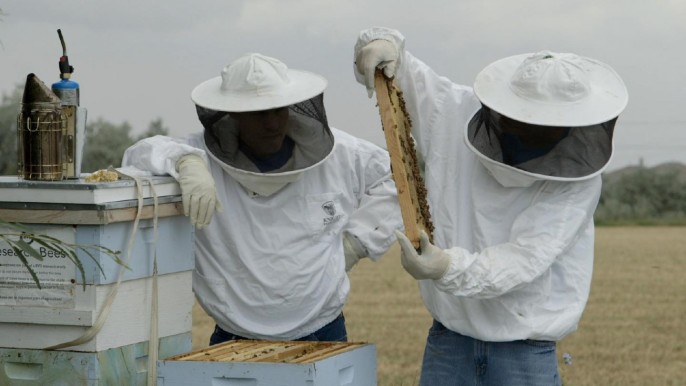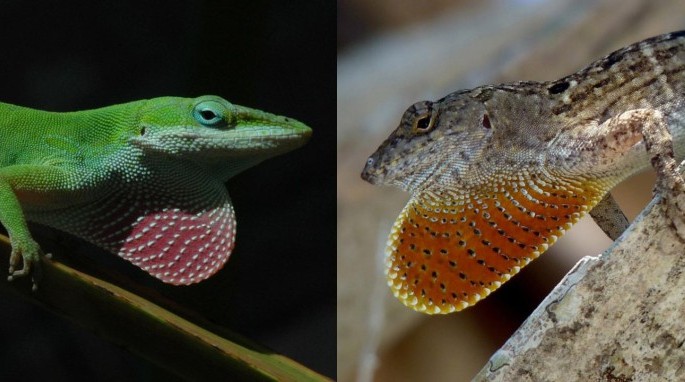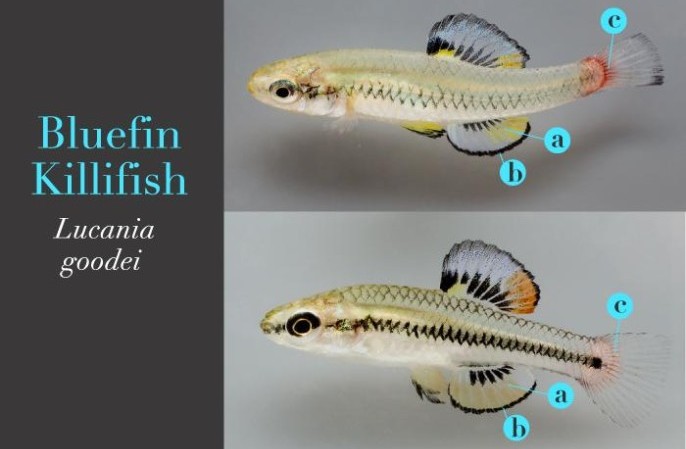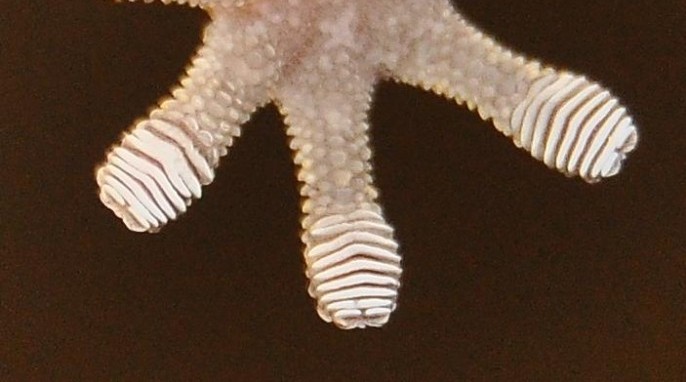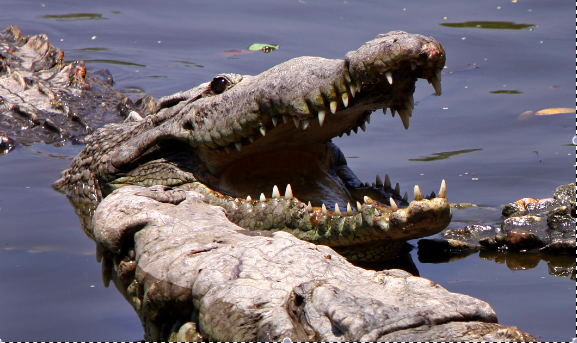Running Robots May Be Inspired by Birds
In preparation for building better running robots, researchers have made useful discoveries about some of nature’s most energy efficient bipeds – running turkeys. Running birds have an impressive ability to run while minimizing energy cost, avoiding falls or injuries, and maintaining speed and direction. Researchers at Oregon State University have been trying to discover exactly how the birds do it. “Birds appear to be the best of bipedal terrestrial runners, with a speed and agility that may trace back 230 million years to their dinosaur ancestors,” says Jonathan Hurst, an…
Read More


